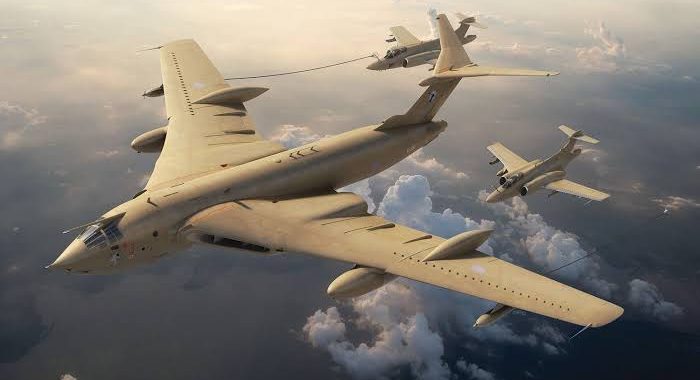Amazing facts about the Handley Page Victor; the Bomber and the Aerial Tanker
The aircraft we are presenting today has not only served as the bombing aircraft but also as a reconnaissance and an aerial refueling tanker. The name of this aircraft is Handley Page Victor which served for the British Royal Air Force after it was designed and manufactured by the Handley Page Aircraft Company back in … Continue reading Amazing facts about the Handley Page Victor; the Bomber and the Aerial Tanker
0 Comments
